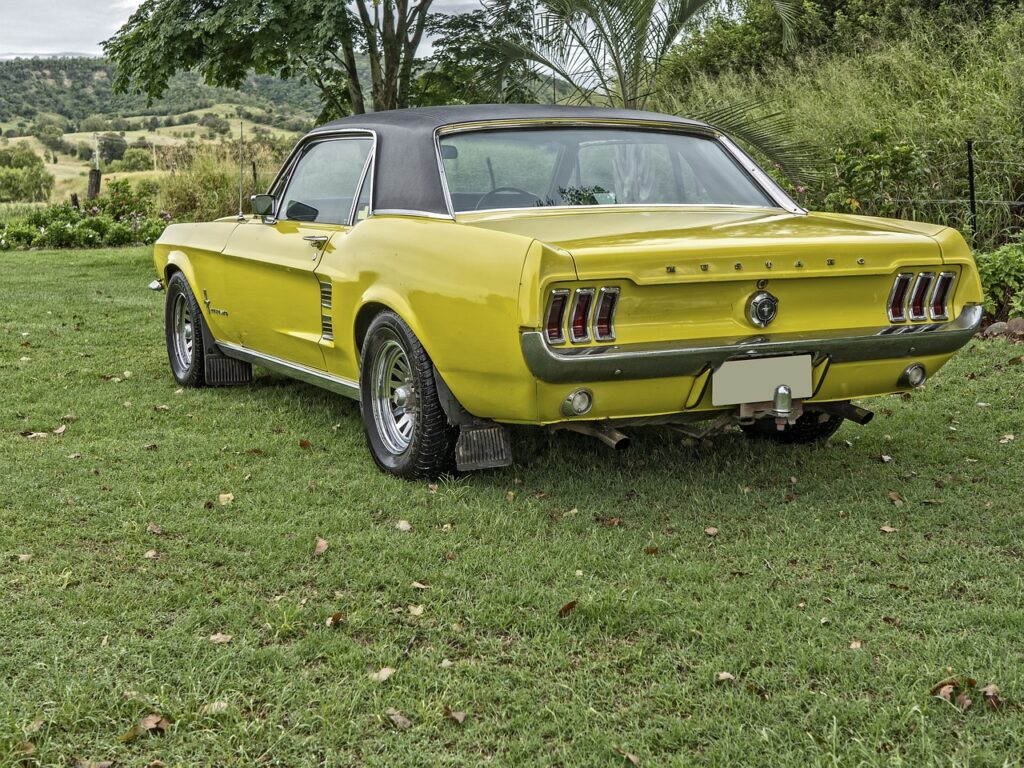Contents
- 1 Introduction
- 2 Coupe cars are high-riding, two-door cars with a very sleek and sporty design. Though they are often mistaken for their compact cousins, coupe cars differ in that they have larger wheelbases and higher bodylines than their counterparts.
- 3 This is because coupe cars have a low center of gravity and offer a way to enjoy the open air without sacrificing outright power.
- 4 The earliest known coupes were created in the early 20th century by French coachbuilders like Bugatti, who crafted vehicles specially designed for racing. However, coupes as we know them today were first created in the 1950s after European manufacturers began adding dual rear side windows to convert sports cars into more luxurious vehicles.
- 5 By the end of the decade, designers had fully embraced this concept by creating two-door models with sharply angled windshields to improve visibility while maintaining a sleek profile. This trend continued into the 1960s when automakers added larger engines along with bigger bumpers to comply with new safety regulations introduced by both federal governments in North America and Europe.
- 6 Conclusion
Introduction
In the early 20th century, car manufacturers created coupe cars that were sleek and sporty in appearance but also had enough room for four people to sit comfortably inside them. These vehicles have evolved over time due to changing technology and safety standards.
Coupe cars are high-riding, two-door cars with a very sleek and sporty design. Though they are often mistaken for their compact cousins, coupe cars differ in that they have larger wheelbases and higher bodylines than their counterparts.
Coupes have been around since the late 19th century when auto manufacturers began creating vehicles that were more affordable to average consumers. The first production car was the Benz Patent Motorwagen which had seating for four people: two up front and two in back!
This is because coupe cars have a low center of gravity and offer a way to enjoy the open air without sacrificing outright power.
Coupes have a low center of gravity, which means they can handle turns with ease while offering stability at high speeds. They also give drivers plenty of visibility and control over their surroundings as well as excellent performance when driving in inclement weather conditions like snow or rain (which makes them perfect for winter).
The earliest known coupes were created in the early 20th century by French coachbuilders like Bugatti, who crafted vehicles specially designed for racing. However, coupes as we know them today were first created in the 1950s after European manufacturers began adding dual rear side windows to convert sports cars into more luxurious vehicles.
The earliest known coupes were created in the early 20th century by French coachbuilders like Bugatti, who crafted vehicles specially designed for racing. However, coupes as we know them today were first created in the 1950s after European manufacturers began adding dual rear side windows to convert sports cars into more luxurious vehicles. This change helped create a new type of automobile that could be used both on the highway and around town without sacrificing performance or style.
By the end of the decade, designers had fully embraced this concept by creating two-door models with sharply angled windshields to improve visibility while maintaining a sleek profile. This trend continued into the 1960s when automakers added larger engines along with bigger bumpers to comply with new safety regulations introduced by both federal governments in North America and Europe.
Coupes are a type of car that differ from other vehicles in the sense that they have a very sleek design. They are high-riding, two-door models with a sporty look and feel. Coupes were created during the 1950s as designers began to experiment with different ways to improve visibility while maintaining an attractive profile.
By the end of this decade, designers had fully embraced this concept by creating two-door models with sharply angled windshields to improve visibility while maintaining a sleek profile. This trend continued into 1960 when automakers added larger engines along with bigger bumpers to comply with new safety regulations introduced by both federal governments in North America and Europe
Conclusion
The evolution of coupe cars has been driven by a desire to create more luxurious vehicles that offer better visibility and improved safety features. However, despite these advances in technology, the basic concept remains the same: two doors and an open-air experience for those who want something different from traditional sedans and SUVs.

